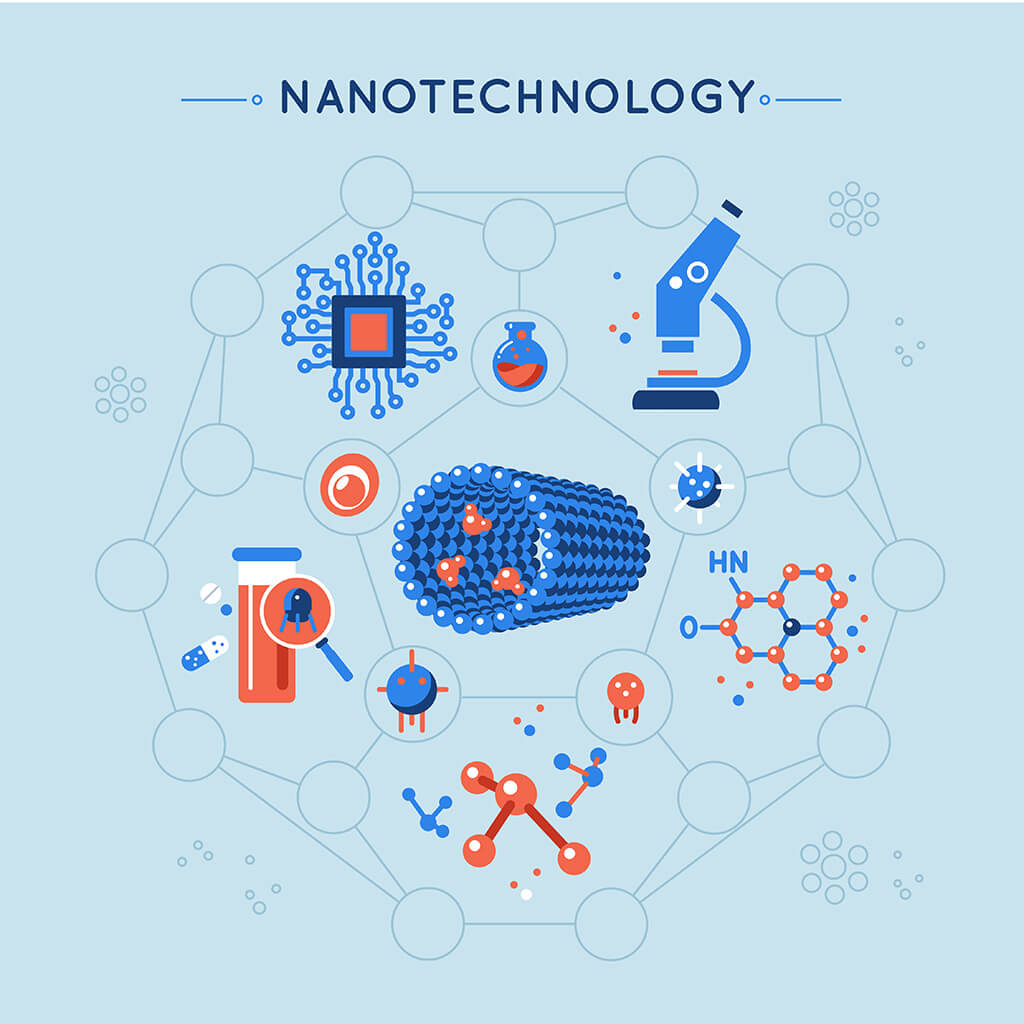Elevate Your Customer Service with Generative AI
Introduction In today’s fast-paced business world, customer service can make or break your company’s success. But what if you could harness the power of cutting-edge technology to not just meet, but exceed your customers’ expectations? Enter generative AI – the game-changer that’s set to revolutionize the way we approach customer service. In this article, we’ll […]
Elevate Your Customer Service with Generative AI Read More »








